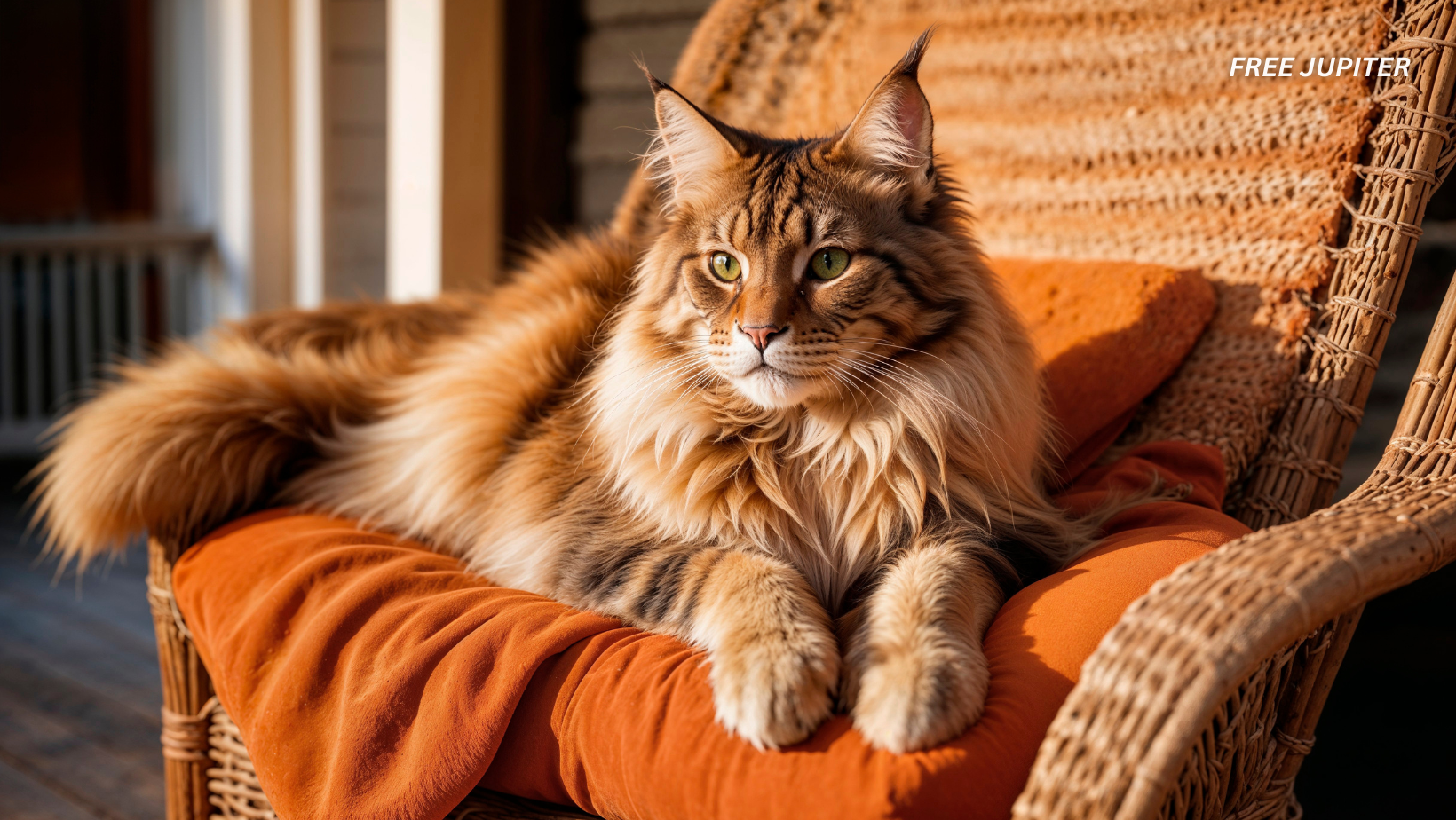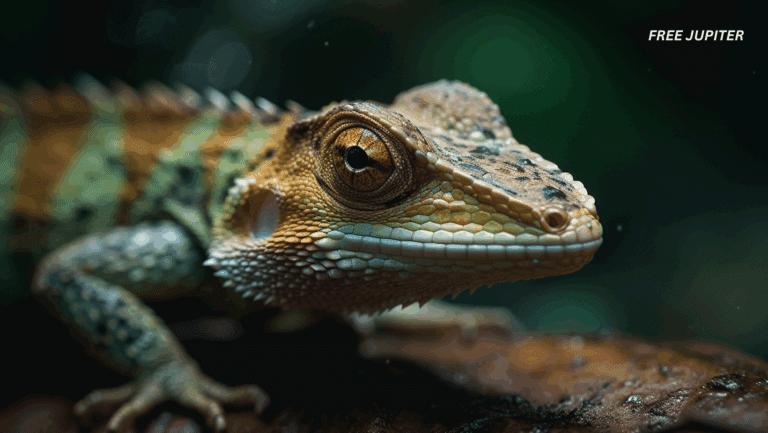The notion that cats might be more than just whimsical housemates has gained traction in medical circles, with emerging research suggesting their presence could influence human heart health. A growing body of evidence indicates that sharing a home with a cat may correlate with a notable reduction in cardiovascular incidents, sparking curiosity-and debate-among researchers and pet enthusiasts alike.
The Science Behind the Whisker Effect
A decade-long investigation spearheaded by the University of Minnesota’s Stroke Institute analyzed data from 4,435 adults aged 30–75, drawn from the National Health and Nutrition Examination Survey (1976–1980). Participants were categorized into two groups: 2,435 individuals with a history of cat ownership and 2,000 without feline exposure. Over the follow-up period, cat guardians exhibited a 30% lower likelihood of fatal heart attacks compared to their non-cat-owning counterparts.
Dr. Adnan Qureshi, the study’s lead researcher, noted that while stress reduction remains a plausible explanation, the magnitude of the association was unexpected. “The psychological buffer provided by pets could disrupt the cascade of stress-related physiological responses,” he proposed, referencing the interplay between chronic anxiety and cardiovascular strain.
Mechanisms: From Purring to Physiological Calm
Stress Modulation
Interactions with cats-particularly tactile activities like stroking-appear to dampen stress hormones such as cortisol while boosting oxytocin, a hormone linked to social bonding and relaxation. Studies involving 240 couples revealed that cat owners had lower baseline heart rates and blood pressure, alongside faster recovery from stressors.
Immune System priming
Early-life exposure to cats may fortify immune responses. Research involving 3,000 children found that cat ownership correlated with reduced asthma incidence, attributed to the “mini-farm effect”-microbial exchanges that promote resilient immune development.
Read more: Here Are The Cat Breeds With The Longest Lifespans, According to Experts
Autonomic Nervous System Benefits
Cats’ low-maintenance nature might indirectly support cardiovascular health. Unlike dogs, which often require structured care, cats impose fewer demands, potentially minimizing owner stress. Veterinary pathologist Lawrence McGill theorized that the self-sufficient demeanor of cats fosters a “passive calming effect,” whereas dogs’ needs could inadvertently elevate stress levels.
Contradictions and Caveats
Not all studies align with these findings. A 1995 American Journal of Cardiology paper reported that cat owners had worse outcomes post-heart attack compared to dog owners. Dr. Robert Myerburg, a cardiologist at the University of Miami, speculated that feline allergies-which affect 10–20% of adults-might exacerbate inflammation in susceptible individuals, offsetting potential benefits.
Additionally, the Minnesota study’s observational design limits causal claims. “Cat owners might inherently possess traits that protect against heart disease, independent of their pets,” Qureshi acknowledged, highlighting the need for personality and lifestyle analyses.
Comparative Perspectives: Cats vs. Dogs in the Health Arena
While dogs are celebrated for encouraging physical activity, cats excel in passive stress relief. Key contrasts include:
| Factor | Cats | Dogs |
|---|---|---|
| Activity Demands | Self-sufficient; minimal exercise | Require walks, playtime |
| Stress Impact | Associated with lower cortisol | Mixed results; may increase routine stress |
| Allergy Prevalence | Higher incidence of human allergies | Lower allergenicity for many breeds |
| Social Interaction | Independent but affectionate on terms | Often demand consistent attention |
Despite these differences, both pets may enhance emotional well-being, a critical factor in cardiovascular resilience.
Public Health Implications and Barriers
The potential for cats to serve as a “non-pharmaceutical intervention” intrigues researchers, particularly for high-risk populations. However, barriers persist:
- Housing Policies: Many apartments and care facilities prohibit pets, disproportionately affecting elderly and low-income individuals.
- Economic Factors: Pet ownership entails costs (food, veterinary care), limiting accessibility for some.
- Cultural Perceptions: Stereotypes labeling cats as aloof may undervalue their therapeutic potential.
Kathie Cole, a nurse researcher at UCLA, advocates for re-evaluating pet restrictions in housing: “Denying access to animals deprives many of a simple, joy-based coping tool”.
Read more: Airline To Allow Cats And Dogs To Fly Inside The Cabin With Their Owners
Looking Ahead: Research Gaps and Future Directions
While existing data is compelling, unanswered questions remain:
- Dose-Response Relationship: Does the duration or intensity of cat interaction amplify benefits?
- Age Sensitivity: Are cardiovascular effects stronger if cats are adopted earlier in life?
- Biological Pathways: How do specific activities (e.g., play, grooming) modulate heart rate variability or endothelial function?
Longitudinal studies tracking feline exposure alongside biomarkers (e.g., CRP for inflammation) could clarify these dynamics.
How Feline Companionship Nourishes the Mind: A Look at the Mental Health Benefits of Cats
The bond between humans and cats extends beyond shared living spaces, weaving into the fabric of emotional and psychological well-being. Research increasingly highlights how these enigmatic creatures serve as silent yet potent allies in managing mental health challenges. From stress reduction to fostering social connection, here’s a breakdown of the mechanisms behind their therapeutic influence.
1. Stress Reduction Through Tactile Interaction
Petting a cat triggers a cascade of neurochemical responses. Physical contact stimulates the release of oxytocin, a hormone linked to bonding and trust, while simultaneously lowering cortisol, the body’s primary stress hormone. Functional near-infrared spectroscopy studies reveal that even brief interactions with cats activate the prefrontal cortex-a brain region governing decision-making and emotional regulation-suggesting a direct neurological pathway for stress relief.
Key findings:
- Cortisol reduction: Cat owners exhibit lower baseline cortisol levels, correlating with diminished anxiety.
- Oxytocin surge: Stroking a cat elevates oxytocin, fostering calmness and reducing blood pressure.
- Brain activation: Interactions engage the inferior frontal gyrus, enhancing emotional processing and focus.
Read more: We Don’t Give ‘Uglier’ Animals The Love That They Need — Leading to Conservation Concerns
2. Alleviating Anxiety and Depression
Cats provide a nonjudgmental presence that buffers against emotional turmoil. Their predictable routines-mealtime nudges, lap-sitting rituals-create a stabilizing rhythm for owners, counteracting feelings of chaos or helplessness. For individuals with anxiety disorders or depression, this consistency can serve as an anchor during turbulent periods.
Notable effects:
- Companionship: Cat owners report lower loneliness rates, particularly in single-person households.
- Purpose through caregiving: Nurturing a cat fulfills a primal need to care for others, mitigating symptoms of depression.
- Distraction from rumination: Playful antics or purring sessions divert attention from intrusive thoughts.
3. The Healing Power of Purring
A cat’s purr operates within a frequency range (20–140 Hz) associated with therapeutic benefits. Studies suggest these vibrations may enhance bone density, reduce inflammation, and accelerate tissue repair-effects that indirectly support mental well-being by alleviating physical discomfort. Additionally, the rhythmic sound acts as a natural white noise machine, promoting relaxation and sleep quality.
Science-backed perks:
- Stress modulation: Purring’s low-frequency vibrations mimic meditative tones, lowering heart rate.
- Pain management: Chronic pain sufferers often experience improved mood when cohabitating with cats.
4. Social Catalyst and Emotional Outlet
For those who find human interactions draining, cats offer a low-pressure social outlet. Talking to a cat-without fear of judgment-can serve as emotional catharsis, helping individuals articulate feelings they might suppress otherwise. This dynamic is particularly valuable for neurodivergent individuals or those with social anxiety.
Social benefits:
- Icebreaker effect: Cat ownership often sparks conversations, easing social isolation.
- Unconditional acceptance: Cats respond to tone and body language, providing validation without criticism.
5. Therapy and Emotional Support Roles
Cats increasingly star in animal-assisted therapy programs, aiding those with PTSD, autism, or dementia. Their calm demeanor and intuitive responses to human distress make them ideal for settings like hospitals or nursing homes. Emotional support cats (ESAs) are formally recognized for their ability to mitigate symptoms of psychiatric conditions, offering comfort during panic attacks or depressive episodes.
Clinical applications:
- PTSD support: Cats’ predictable behavior helps ground individuals during flashbacks.
- Dementia care: Tactile interaction with cats improves mood and reduces agitation in elderly patients
Cats operate as furry biofeedback machines, their presence fine-tuning human stress responses and emotional resilience. While not a substitute for professional treatment, they offer a complementary, low-risk strategy for nurturing mental health-one purr at a time.










